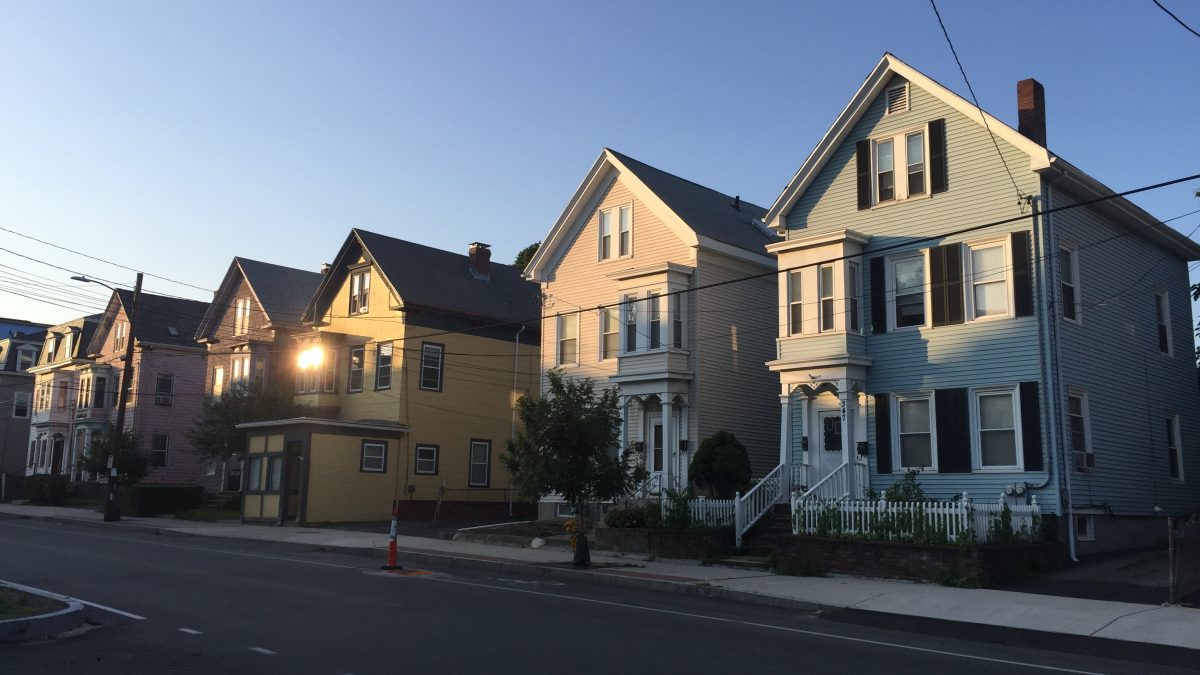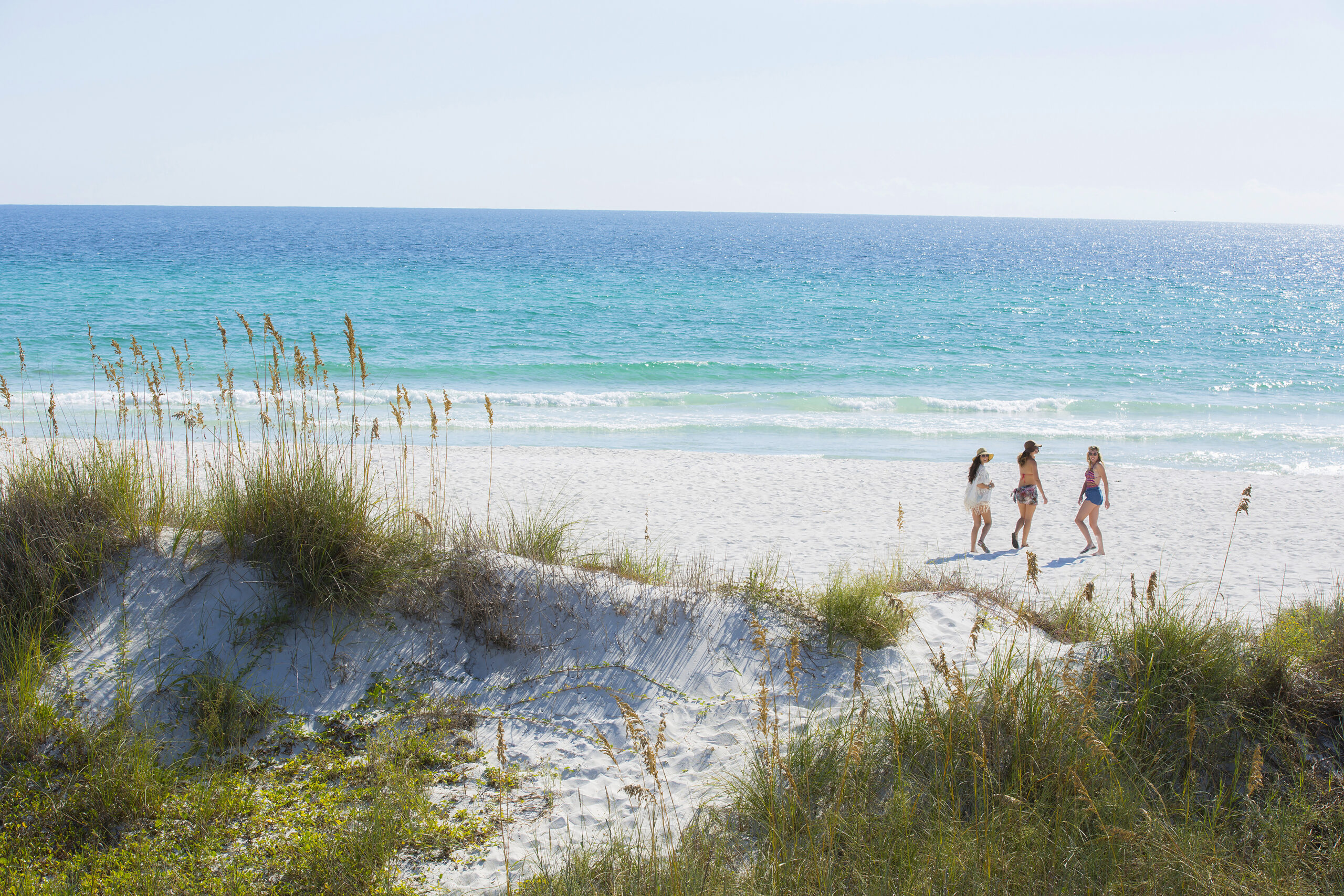- Have any questions?
- (850) 713-4866
- info@shorefront-investments.com
8 Common Types of Houses in the US

How to Price Your Home for Sale
August 12, 2022
Traditional Homebuyers vs. Real Estate Investors: Are They the Same?
August 26, 2022There’s truly no place like home, and Americans have come a long way in choosing houses that do more than just provide shelter. Houses in the country come in various styles that cater to family size and lifestyle.
Whether you prefer sprawling single-story houses or you have a penchant for those complex Victorian-styled abodes, there’s a home that’s perfect for you. Here are some of the most popular types of houses in the United States:
- Ranch
Ranch-style homes, sometimes called ramblers, are considered a great style of home across the US, particularly in the rural areas of the West and Southwest America. They are trendy because of their simple layout and wide array of designs, whether you have a small or semi-large family. These houses were dominant in the US during the second half of the 20th century. Ramblers are usually single-story homes with a wide façade, large windows, a front-facing garage, a low-pitched roof, and a back patio.
- Bungalow
Bungalows, sometimes referred to as craftsman houses mainly appeared in California in the early 12th century and have proven to be a staple style. These homes have low-pitch gable roofs with deep overhangs and exposed rafters. Bungalows tend to have porches and windows, and doors with long vertical panes.
These homes focus on using natural materials as the foundation, such as stone, wood, and brick. Bungalows typically require larger lots to accommodate the broader floor plan, which means that bungalow homeowners have a spacious backyard that’s perfect for a barbeque night.
- Colonial
These houses came about in the days of the original 13 American colonies. To this day, colonial architecture has maintained its popularity because of its detailed, aesthetic, and well-proportioned design. These homes are easy to add on to at the side or back, making them efficient for growing families.
There are many colonial house styles, with the most prevalent in the US being the British Colonial style. If you are West Virginia bound, expect to see these types of homes. Multiple stories with evenly spaced windows characterize this style. It also has fireplaces and brick or wood facades.
- Cape Cod
Among the most recognizable house styles in the country is Cape Cod. These homes are usually one or one-and-a-half-story cottages with loft with attic space. It has a pitched roof to keep snow from piling up.
Cape Cod houses are typical in Massachusetts and the greater New England region. These houses are designed with dormer windows, cedar shingles, and a windowed front door.
- Townhouses
Townhouses are multi-floor homes situated in central locations where occupants share walls with adjacent properties. Townhouses are often uniform homes built in a community in the suburbs with its own homeowner’s association. These homes are most common in areas where land is short supply and has high property prices.
Townhouses have become a popular option for younger American homebuyers because they are more affordable than free-standing homes. An analysis from the National Association of Home Builders in 2020 shows that townhouses comprised 11% of single-family new construction.
- Victorian
Many people describe Victorian houses as a dollhouse because of their classic and regal style. These types of homes emerged from the era of Queen Victoria and are highly focused on the property’s aesthetics more than its functionality. Victorian homes come with complex styles and are decorated with extravagant, ornate furnishings. They also have decorative gables, eaves, and rooftop finials that are typically adorned. These homes are painted in a variety of jewel tones and earthy colors.
Victorian architectural designs among American homes include Queen Anne, Romanesque, Shingle, and Second Empire. If you find yourself in Old Louisville in Kentucky, you will see the highest concentration of restored Victorian homes since they housed 48 city blocks of Victorian mansions in the 1870s.
- Contemporary
21st-century architecture is characterized by flat planes, extensive use of glass, and open design concepts. A contemporary home reflects the current style in this period. The design is often detailed neat, with clean lines to highlight minimalism.
Some people call it a modern home since they utilize energy-efficient materials and products to promote sustainability. Palm Springs is home to the largest concentration of mid-century modern architecture in the United States, so don’t be surprised to see houses with big windows there.
- Tiny Homes
Having a home in the United States that you can call your own is a privilege, and many people are now settling for tiny homes, especially those keen on the tiny-house movement, an architectural and social movement advocating downsizing living spaces. Tiny homes are typically sized under 600 sq ft. Some of these homes are built on trailers and are often called tiny houses on wheels.
It’s important to note that owning a tiny home is not legal in every state in the US. Each state, city, or town has its building codes and zoning regulations that make some areas tiny home-friendly than others like Texas and Maine. Most sites require a tiny home with a minimum ceiling height of 6’4 ft. in bathrooms and 6’8 ft. in common areas for safety. Regulators also need tiny homeowners to have an emergency exit
Final Thoughts
Homeownership is part of the core American dream. It’s a gateway to long- and short-term financial success. Among the many benefits of owning your home are mortgage interest deductions, home value appreciation, possible property tax deductions, and of course, the joy of ownership. Other benefits you can get from homeownership include capital gains exclusion, preferential tax treatment, and building an equity nest-egg through mortgage reduction.
Meanwhile, if you or someone you know are planning to sell a home, we at Shorefront Investments, buy all types of houses in any condition without additional fees or commissions. All you have to do is fill out this form or give us a call at (850) 713-4866 to get started. From there, we will schedule a meeting with you and a visit to your property, and you’ll receive a no-obligation cash offer within 24 hours. We also close deals within 7-14 days or less.




